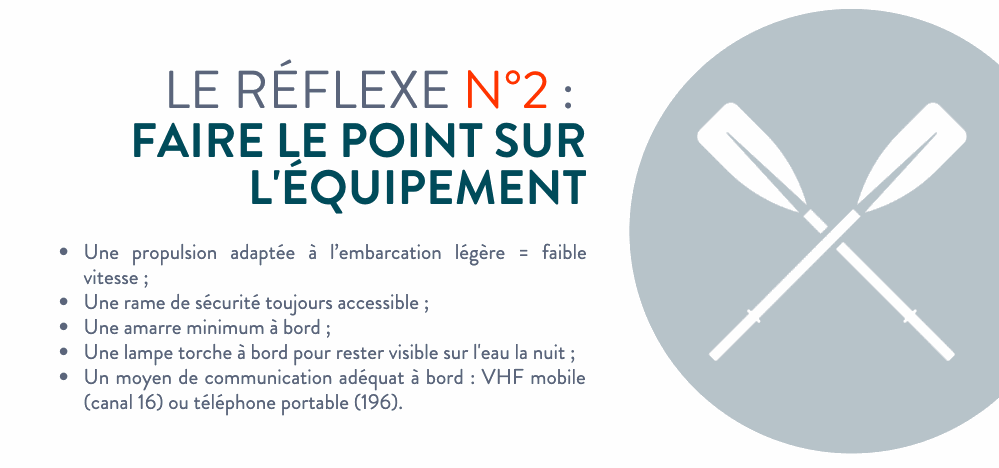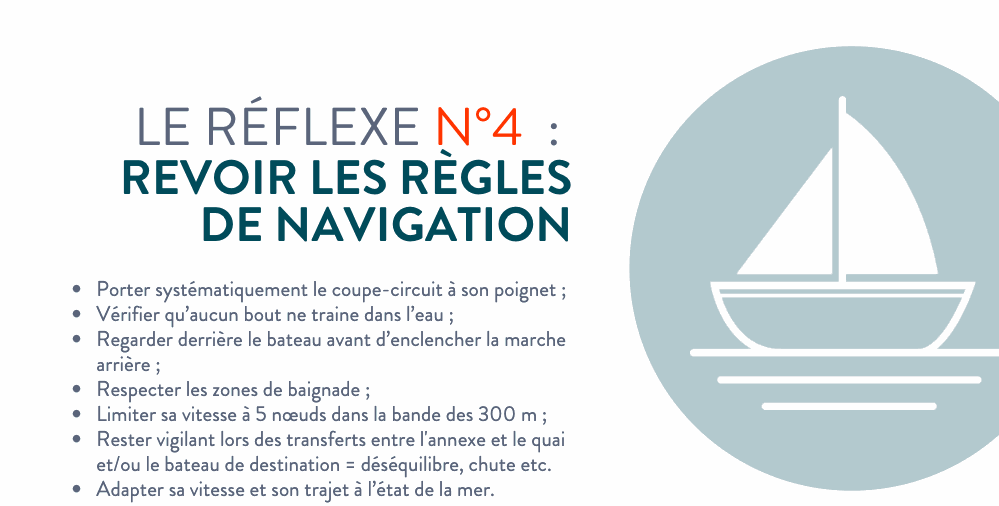Utiliser son annexe en toute sécurité
Indispensable navette pour approcher la côte en croisière, l’annexe est aussi le point de départ d’accidents parfois dramatiques. Un sujet au cœur de l’activité de TEMO, qui, avec son propulseur électrique innovant et très léger, joue un rôle clé dans la prévention des risques liés à la navigation en annexe. La SNSM le rappelle : les trajets en embarcation légère figurent parmi les accidents les plus fréquemment enregistrés. Zoom sur les règles essentielles pour utiliser son annexe en toute sécurité.
Porter un gilet de sauvetage : le réflexe sécurité n°1
« Ça va, c’est pas loin » … le danger lié aux trajets en annexe a tendance à être sous-estimé. Alors que sur une embarcation aussi peu stable, la chute peut survenir à n’importe quel moment. Les chiffres de la SNSM sont saisissants :
La chute d'une personne en mer est la première cause de décès et de disparition en mer
8 noyés sur 10 auraient pu être sauvés s’ils avaient porté un gilet
Le gilet tient trop chaud ? Il est gênant ? Trop cher ? Aucune excuse ne vaut le prix d’une vie.
Le point sur l’équipement de base d’une annexe
Rappel : équipement réglementaire d’une petite embarcation
L’usage le plus courant d’une annexe se fait à moins de 300 m des côtes et sur une embarcation motorisée de moins de 6 chevaux. Une zone dans laquelle la législation n’impose pas d’équipement obligatoire. En plus du port du gilet, la bonne pratique recommande quant à elle de vérifier attentivement l’équipement de son annexe.
Une propulsion adaptée à l’embarcation
Si vous choisissez de motoriser votre annexe, ne dépassez jamais la puissance maximum recommandée. Non seulement vous n’irez pas plus vite, mais en plus vous risquez d’endommager votre embarcation. Attention : au-dessus de 6 chevaux, le permis côtier est obligatoire.
Une rame de sécurité toujours accessible
En cas de panne moteur, une rame ou encore mieux, une paire de rames vous aideront à rejoindre votre destination.
Une amarre minimum à bord
Elle sera indispensable pour l’amarrage au départ ou à l’arrivée. On peut prévoir un bout supplémentaire, utile pour renforcer l’amarrage en cas de gros temps… ou de chute à la mer !
Une lampe torche
Restez visible sur l’eau lorsque vous retournez à votre mouillage à la nuit tombée.
Un moyen de communication adéquat
VHF mobile (canal 16) ou téléphone portable (196) seront des outils précieux pour appeler des secours en cas de besoin.

Avant la mise à l’eau : les vérifications à faire
Lire le mode d’emploi de l’annexe
Charge maximale, nombre de passagers : ne jamais dépasser les recommandations prescrites. On peut retrouver ces informations sur la plaque généralement fixée à l’arrière du bateau.
Contrôler la coque de l’annexe
- Annexe gonflable : vérifier si les boudins et le plancher restent fermes, sans excès non plus.
- Annexe rigide : vérifier l'intérieur et l'extérieur de la coque, voir s'il n'y a pas d'impact qui pourrait entraîner une voie d'eau.
Vérifier le moteur de l’annexe
- Contrôler le niveau d'essence, d'huile ou de batterie. Un contrôle visuel est recommandé : méfiez-vous des jauges défectueuse. Estimez votre consommation. Un contrôle visuel est recommandé : méfiez-vous des jauges défectueuses. Estimez votre consommation en fonction du trajet prévu, en prenant en compte l’impact du vent et des courants.
- Tester le moteur.
Vérifier la météo et les horaires de marées
Complétez ces vérifications par une observation attentive du plan d’eau.
Rappel des règles de navigation
Ecarter les risques liés au moteur
- Porter systématiquement le coupe-circuit à son poignet
- Vérifier qu’aucun bout ne traine dans l’eau et risque de se coincer dans l’hélice.
- Regarder derrière le bateau avant d’enclencher la marche arrière. Les zones de mouillage sont aussi des zones de baignade pour les voisins plaisanciers.
Respecter les zones de baignade
- Zones de baignade : délimitées par de grosses bouées jaunes et rondes, elles sont strictement interdites aux embarcations motorisées.
- Vitesse limitée à 5 nœuds dans la bande des 300 m
Limiter le risque de chute à l’eau
- Lors des transferts de ou vers le navire de destination : deux amarres seront utiles pour rapprocher au maximum l’annexe du bateau.
- En cours de navigation, observer la mer pour anticiper les mouvements du bateau. Adapter sa vitesse et son trajet à l’état de la mer.


Vous l’aurez compris, le réflexe sécurité n°1 en navigation, c’est de porter un gilet de sauvetage. Pour une utilisation sereine de votre annexe, prenez aussi l’habitude de vérifier son équipement avant de la mettre à l’eau et de naviguer selon les règles en vigueur, bien entendu. Des automatismes à instaurer pour que même le plus petit trajet en mer se fasse en toute sécurité !


